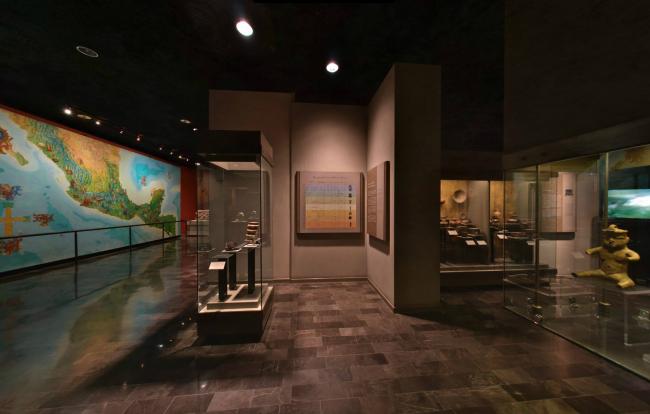
Preclassic Period in the Central Highlands (2500 BCE – 100 CE)
The era from 2300 BCE to 100 CE is known as the Preclassic or Formative Period. Across Mesoamerica, this era was marked by the emergence of sedentary village communities whose economy was based on agriculture, complemented by hunting, fishing, and gathering. Pottery production also began during this time, becoming the most significant artisanal activity.
Economic stability, made possible by this mixed economy, led to population growth and the transformation of some villages into ceremonial centers. Technological advancements became evident in the creation of artifacts, as well as in the development of both portable and monumental sculpture. Architecture evolved from simple, perishable dwellings to platforms that supported temples.
Socially, the period saw increasing differentiation based on roles and social hierarchy. Communal religious practices gradually evolved into institutionalized religion, with early representations of deities and the rise of the priesthood.
Trade networks—both local and long-distance—fostered the exchange of goods and ideas, which helped unify beliefs across regions. Between 1200 and 600 BCE, the most significant development was the rise of the Olmec culture in southern Veracruz and northern Tabasco. Their influence spread throughout much of Mesoamerica, particularly the Central Highlands.
Thus, the Preclassic period marked the culmination of long-term technological, economic, and social progress that laid the groundwork for the great Mesoamerican civilizations.
The museum’s Preclassic gallery is divided into two major sections: the earlier village phase (2300–600 BCE) and the later ceremonial center phase (600 BCE–100 CE).


